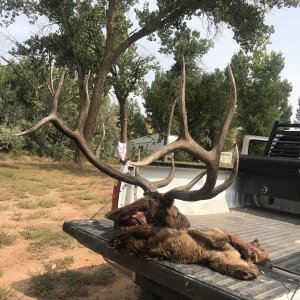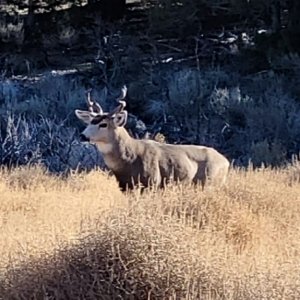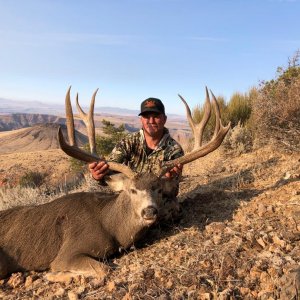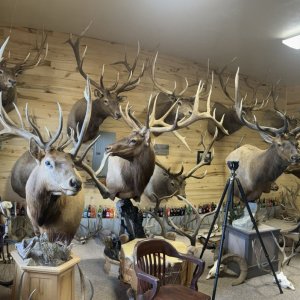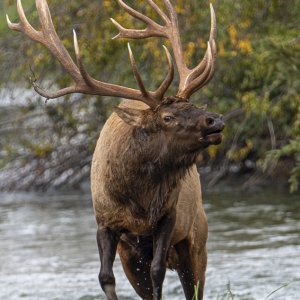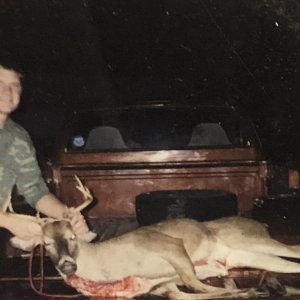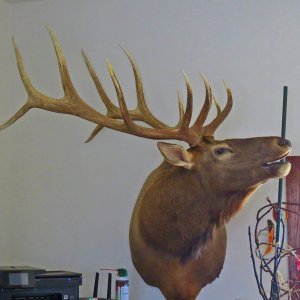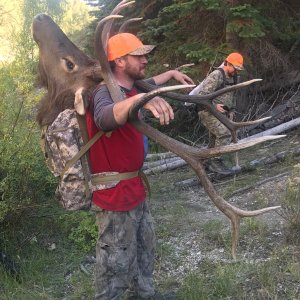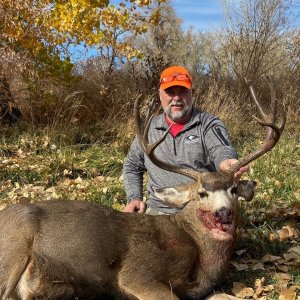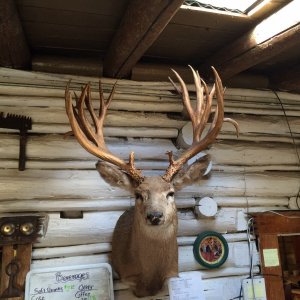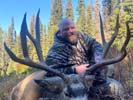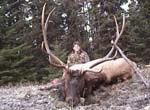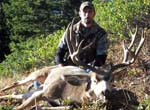Founder
Founder Since 1999
- Messages
- 11,695
This letter came to me yesterday. I'm trying to make it a point to pass press releases and letters of importance on to you all.
------------------------------------------------------
U.S. Forest Service Needs Hunter/Angler Input on Management of Roadless Areas in Idaho
Dear Brian Latturner,
New roads into the roadless backcountry in Idaho's 12 national forests could result in serious losses of both critical fish and wildlife habitat and your opportunities for high quality hunting and fishing.
It is important that you write a personal letter to the U.S. Forest Service expressing your views on building new roads into roadless areas. The future of some of Idaho's best hunting and fishing is at stake.
What's At Stake:
Idaho currently has 9.3 million acres of roadless backcountry (Inventoried Roadless Areas, or IRAs) in 12 national forests. Former Governor Risch recently submitted a petition to the U.S. Forest Service recommending keeping IRAs unroaded to protect fish and wildlife habitat and high-quality hunting and fishing, among other values, on about 8.8 millions acres of the 9.322 millions acres of IRAs. Risch recommended the remaining 525,000 acres be reduced to ?general management? for full development options. In response to Risch?s petition, the Forest Service is beginning a scoping process for federal rulemaking to determine just how the 9.3 million acres of IRAs in Idaho will be managed.
About 400,000 of those 525,000 acres scheduled for release to ?general forest management? are in the Caribou-Targhee National Forest in southeastern Idaho. The remaining 125,000 acres are located throughout the state. The Caribou-Targhee National Forest is well known for large bull elk and 30-inch mule deer bucks, and is a popular destination for Salt Lake City hunters. This forest has excellent trout fishing in streams and lakes. The loss of roadless management and subsequent development of this area are likely to have adverse impacts on big game and fish habitat. The additional 8.8 million acres of Idaho backcountry is also at risk during this process because all conservation measures have the potential to be weakened through the federal rulemaking process.
TAKE ACTION---CLICK HERE---> http://trcp.ga0.org/campaign/IDRoadless050807/wbes5udroxxdm77?
------------------------------------------------------
Brian Latturner
MonsterMuleys.com
------------------------------------------------------
U.S. Forest Service Needs Hunter/Angler Input on Management of Roadless Areas in Idaho
Dear Brian Latturner,
New roads into the roadless backcountry in Idaho's 12 national forests could result in serious losses of both critical fish and wildlife habitat and your opportunities for high quality hunting and fishing.
It is important that you write a personal letter to the U.S. Forest Service expressing your views on building new roads into roadless areas. The future of some of Idaho's best hunting and fishing is at stake.
What's At Stake:
Idaho currently has 9.3 million acres of roadless backcountry (Inventoried Roadless Areas, or IRAs) in 12 national forests. Former Governor Risch recently submitted a petition to the U.S. Forest Service recommending keeping IRAs unroaded to protect fish and wildlife habitat and high-quality hunting and fishing, among other values, on about 8.8 millions acres of the 9.322 millions acres of IRAs. Risch recommended the remaining 525,000 acres be reduced to ?general management? for full development options. In response to Risch?s petition, the Forest Service is beginning a scoping process for federal rulemaking to determine just how the 9.3 million acres of IRAs in Idaho will be managed.
About 400,000 of those 525,000 acres scheduled for release to ?general forest management? are in the Caribou-Targhee National Forest in southeastern Idaho. The remaining 125,000 acres are located throughout the state. The Caribou-Targhee National Forest is well known for large bull elk and 30-inch mule deer bucks, and is a popular destination for Salt Lake City hunters. This forest has excellent trout fishing in streams and lakes. The loss of roadless management and subsequent development of this area are likely to have adverse impacts on big game and fish habitat. The additional 8.8 million acres of Idaho backcountry is also at risk during this process because all conservation measures have the potential to be weakened through the federal rulemaking process.
TAKE ACTION---CLICK HERE---> http://trcp.ga0.org/campaign/IDRoadless050807/wbes5udroxxdm77?
------------------------------------------------------
Brian Latturner
MonsterMuleys.com

